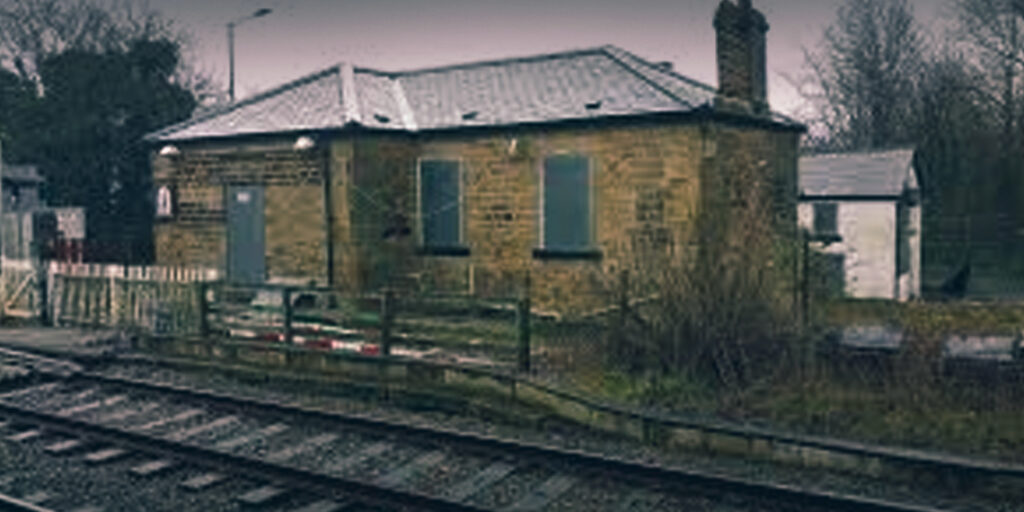Campaigners are fighting to save Heighington Station in Newton Aycliffe, County Durham, a site that played a pioneering role in the era of steam-powered passenger transport, in a push to preserve a nearly 200-year-old piece of railway heritage.
Built-in 1826 on the historic Stockton and Darlington Railway, the world’s first passenger railway to use steam locomotives, Heighington is thought to be “possibly the world’s first railway station,” according to Historic England.
This landmark station has recently been added to the 2024 Heritage at Risk Register, which highlights almost 5,000 at-risk historical sites across the UK.
With the station now at risk of further neglect and decay, campaigners are aiming to restore Heighington and protect its unique place in railway history.
New research by the Friends of the Stockton and Darlington Railway has confirmed that Heighington Station was operational from 1827, surpassing Manchester’s Liverpool Road station, which dates from 1830 and was previously thought to be the oldest.
This discovery has led to an upgrade of Heighington’s heritage status from Grade II to Grade II* by Historic England, a recognition granted to only 5.8% of listed buildings for their “particularly important interest.”
Originally named Aycliffe Lane, the station began as an informal stop with independent coach operators paying tolls to use it. The Stockton & Darlington Railway (S&DR) took over operations in 1833, establishing steam-powered service and likely opening a booking office at the site.
Later renamed Heighington and Aycliffe Station in 1856, and subsequently shortened to Heighington Station in 1873, it continued operating until the 1970s.
Designed by local craftsman John Carter, the station’s buildings feature classic architectural elements such as squared sandstone, stone sills, and multi-pane sash windows.
Notably, the original stone flags and kerbing, believed to have been part of a low platform, still remain intact. Historic photographs suggest that the cobbled surface, now potentially hidden under gravel and vegetation, may have also survived.
As Heighington approaches its 200th anniversary next year, the Friends of the Stockton and Darlington Railway are actively raising funds, hoping to secure around half a million pounds to restore the site. They see its inclusion on Historic England’s list as a crucial step toward reviving interest in the station’s preservation and future.
Additionally, the Roman Painted House in Dover, Kent, a 3rd-century building with masonry walls, underfloor heating, and preserved painted wall panels, has also joined the 2024 Heritage at Risk Register, drawing attention to the need for conserving Britain’s diverse historical legacy.


